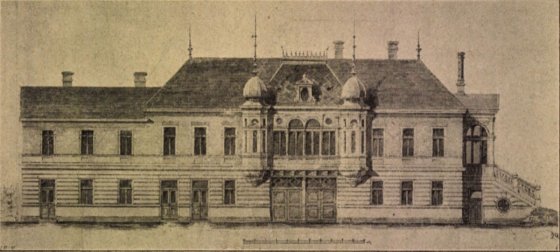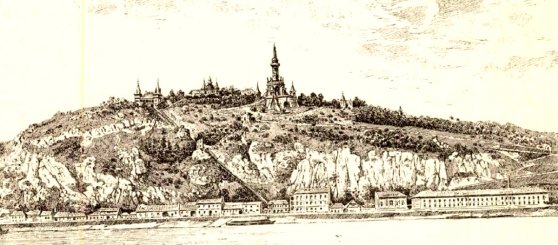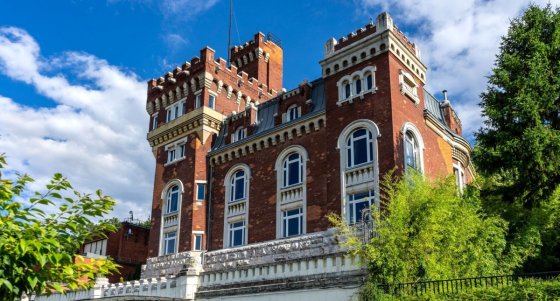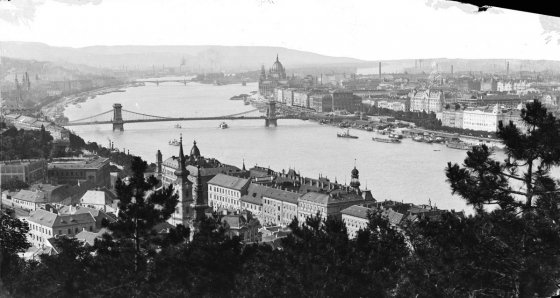 The „intertwined history” of the bridges and the city of Budapest
Which ideas and events have shaped the fate of bridges of Budapest and the cityscape? Alongside many other interesting facts, this question is also answered this newly published book by the Budapest City Archives, which introduces the history of bridges in Budapest.
The „intertwined history” of the bridges and the city of Budapest
Which ideas and events have shaped the fate of bridges of Budapest and the cityscape? Alongside many other interesting facts, this question is also answered this newly published book by the Budapest City Archives, which introduces the history of bridges in Budapest.
Gellérthegy
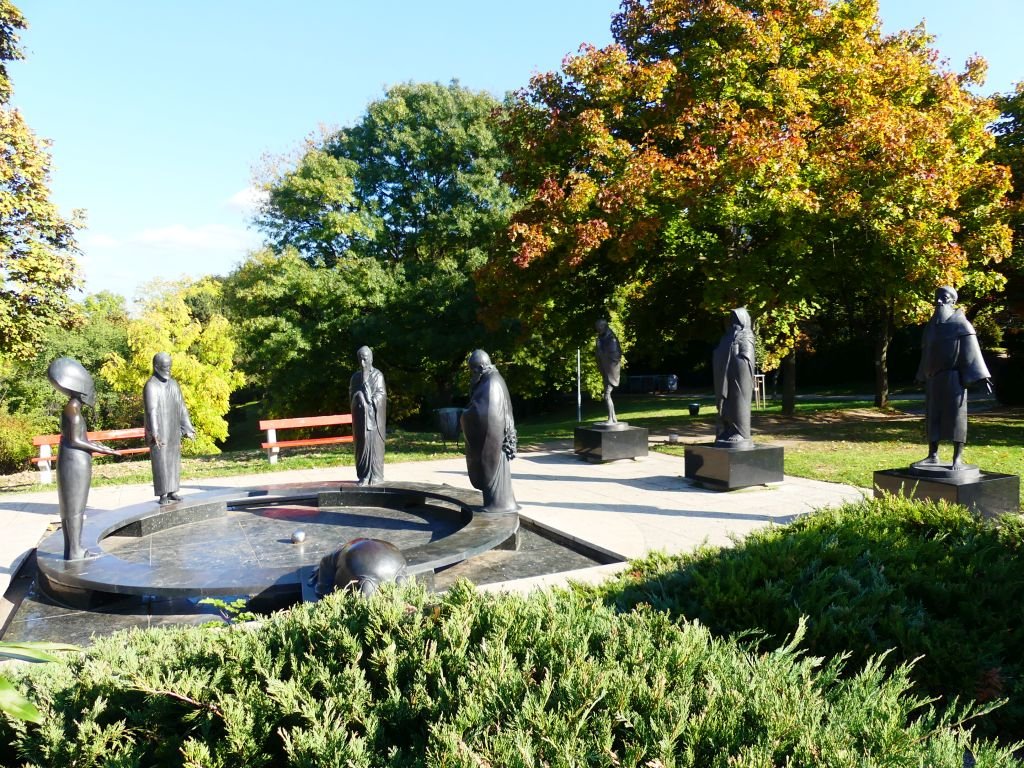 The Garden of Philosophy was inaugurated on Gellért Hill 20 years ago
The Garden of Philosophy was inaugurated on Gellért Hill 20 years ago
October 18, 2021 at 10:00 AM
The sculpture composition called Garden of Philosophy has been standing on Gellért Hill for twenty years now. The work, which depicts the world's leading thinkers and founders of world religions, was donated to Budapest by Nándor Wagner, a sculptor of Hungarian origin living in Japan.
Ferenc Novák designed first an electric cogwheel railway and then a hydraulic funicular on Gellért Hill
July 29, 2021 at 2:00 PM
In the last decade of the 19th century, architect Ferenc Novák presented to the public the plan of the Gellért Hill funicular, which was connected with the intention to demolish the Citadel. According to Novák's idea, not only a funicular would have been built on Gellért Hill, but also a lookout, an illuminated statue and the National Pantheon as a millennium monument. The architect would have built first an electric cogwheel railway and then a hydraulic funicular, for which he also received permits. Yet his dream did not come true.
Several people have already planned a funicular to Gellért Hill, but neither the cogwheel nor the steam cable car has been built
July 26, 2021 at 2:00 PM
What could be the explanation for the fact that despite the approved plans since the second half of the 19th century, the construction of a Gellért Hill funicular has never started? Guido Fuchs already in 1884, then in the 1890s Mór Balázs, Vince Ede Miller and Ferenc Novák put their own ideas on the table. However, none of them came close to implementation.
A little Genoa on Gellért Hill
July 21, 2020 at 11:00 AM
The Hegedüs Villa or originally the Schoch Villa is well known in Budapest, although few people know by its name. The mass of the building rises above the statue depicting Saint Gerard and the waterfall, so it is immediately noticeable when people drive from Pest to Buda across Erzsébet Bridge. Its medieval forms are less typical of early 20th century Hungarian architecture, according to urban legend, it is a copy of an Italian building. Pestbuda now reveals if the legend is true.
More articles
 The „intertwined history” of the bridges and the city of Budapest
Which ideas and events have shaped the fate of bridges of Budapest and the cityscape? Alongside many other interesting facts, this question is also answered this newly published book by the Budapest City Archives, which introduces the history of bridges in Budapest.
The „intertwined history” of the bridges and the city of Budapest
Which ideas and events have shaped the fate of bridges of Budapest and the cityscape? Alongside many other interesting facts, this question is also answered this newly published book by the Budapest City Archives, which introduces the history of bridges in Budapest.
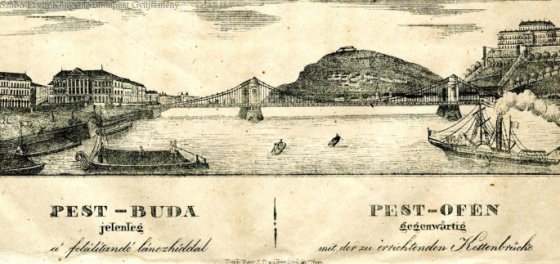 The Bridge Report, which brought a turning point in the history of Budapest
A travel report that changed the history of Pest and Buda, as well as Hungary. The little book contributed to the change of half a thousand years of legal customs and the implementation of an investment of unprecedented size and technical quality. This book was The Bridge Report [Hídjelentés in Hungarian].
The Bridge Report, which brought a turning point in the history of Budapest
A travel report that changed the history of Pest and Buda, as well as Hungary. The little book contributed to the change of half a thousand years of legal customs and the implementation of an investment of unprecedented size and technical quality. This book was The Bridge Report [Hídjelentés in Hungarian].
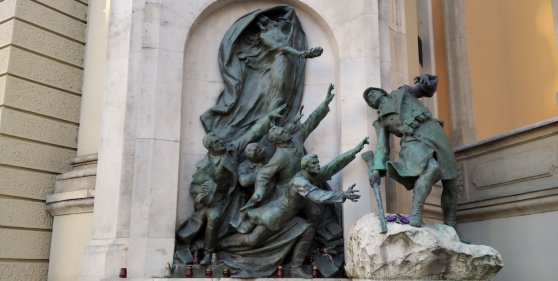 Drama on the university wall - The heroic monument was planned 95 years ago
In the constant hustle and bustle of the Egyetem Square in Pest, the students may not even notice the monument that decorates the short section of wall between the church and the central building of ELTE. However, it commemorates their predecessors, the heroes who fought for their country in World War I, and those who heroically helped them. The first design of the dramatically collapsing soldier was born in 1928, ninety-five years ago.
Drama on the university wall - The heroic monument was planned 95 years ago
In the constant hustle and bustle of the Egyetem Square in Pest, the students may not even notice the monument that decorates the short section of wall between the church and the central building of ELTE. However, it commemorates their predecessors, the heroes who fought for their country in World War I, and those who heroically helped them. The first design of the dramatically collapsing soldier was born in 1928, ninety-five years ago.

